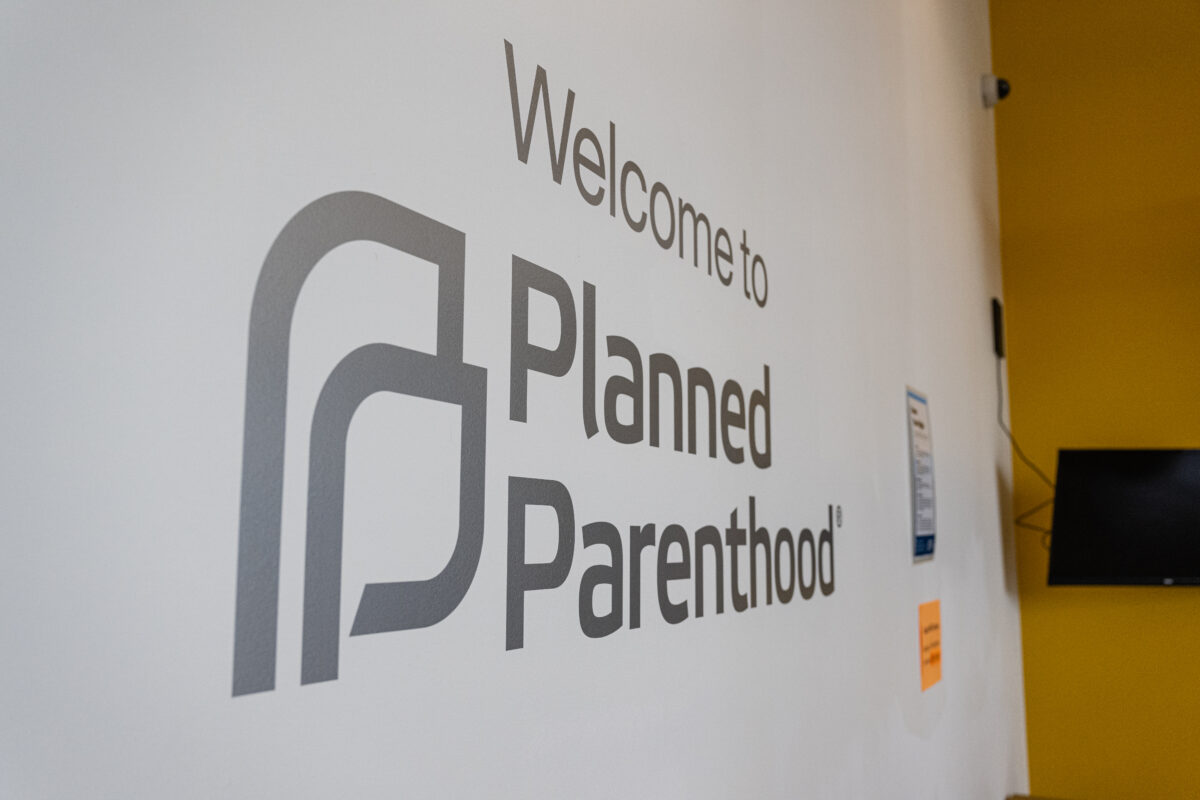Why The Latest Abortion Pill Ruling Is Both Good And Bad For Pro-Lifers
A recent ruling by the Fifth Circuit Court of Appeals states that the abortion pill combination of mifepristone and misoprostol will remain available in the US, but only under the original safety protocols adopted by the Food and Drug Administration (FDA) in 2000. A generic version of the drug and its ruling that the drug may be distributed through the mail remain on hold until the Supreme Court intervenes.
The FDA’s increasingly loosened safety restrictions regarding the drug were effectively blocked by the court, which referred to the agency’s 2016 decision to allow non-doctors and to reduce in-person visits, as well as its 2019 decision to permit mail-order distribution, as arbitrary and capricious. In response, the Biden administration immediately appealed the ruling to the Fifth Circuit Court of Appeals.
The court refused to stay the trial court’s decision, leaving the abortion pill governed by the 2000 FDA approval, not the changes the FDA adopted in 2016, until the Fifth Circuit considers the FDA’s appeal. The rulings are good for pro-lifers because they highlight the dangers of chemical abortions, but they are also bad because they prevent additional FDA regulation and control over these drugs.
Arbitrary and Capricious FDA Decisions
The court agreed with the analysis of the trial court that the FDA acted arbitrarily and capriciously concerning the removal of certain requirements governing the use of these abortion-inducing drugs. For instance, the FDA eliminated the requirement for prescribers to report non-fatal adverse events from chemical abortions. It also increases the maximum gestational age of using the drug from 49 to 70 days in 2016, and reduced required in-person visits from three to one and allowed non-doctors to prescribe and administer the chemical abortion drugs.
The court compared the FDA’s decision-making to that of an agency responsible for regulating the safety of cars. An agency that eliminates passive safety measures based only on existing data of how cars perform with passive safety measures is considered obviously arbitrary and capricious. Similarly, the court contends that the FDA also acted arbitrarily by deleting the safeguards based on studies that included those very safeguards.
Unsettling FDA Actions
The court noted the FDA’s ostrich’s-head-in-the-sand approach, disregarding the absence of adverse event reports and declaring that “the absence of non-fatal adverse-event reports means mifepristone is safe”. The Fifth Circuit also stressed the Comstock Act of 1873 prohibits mailing “any drug, medicine, article, or thing designed to produce abortion”. While the FDA argued that “the Comstock Act does not mean what it says it means,” the court rejected that argument.
Standing to Sue
The Fifth Circuit held that the plaintiffs adequately established standing on two different theories: injury to doctors and medical associations. The doctors suffered concrete and real injuries whenever required to devote significant time and resources to care for women experiencing mifepristone’s harmful effects, which created enormous stress and pressure. The medical associations expended “time, energy, and resources” in educating the public on the danger of chemical abortions forcing them to compromise their agenda.
What’s Next?
Regardless of the outcome, the case educates the public on the dangers of chemical abortions beyond what the organization, Planned Parenthood, has been espousing for more than two decades. The Biden administration has already moved to appeal the Fifth Circuit’s denial of its stay request to the Supreme Court. Whether additional regulation comes remains to be seen as though the Supreme Court may not intervene.
" Conservative News Daily does not always share or support the views and opinions expressed here; they are just those of the writer."





